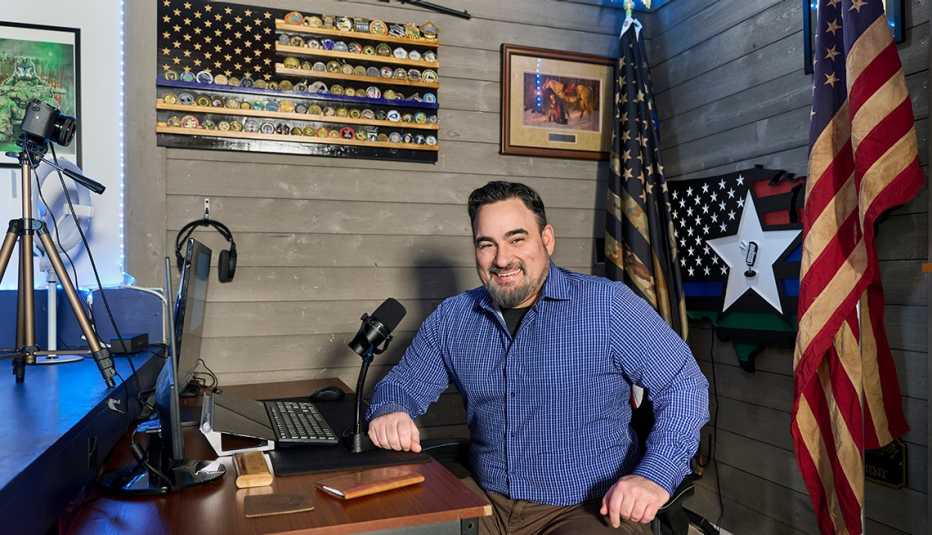Staying Fit


You can subscribe here to AARP Veteran Report, a free e-newsletter published every two weeks. If you have feedback or a story idea then please contact us here.
The entrepreneurship journey involves risk-taking and a lot of grit, but being your own boss has major advantages—such as unlimited earning potential and a flexible schedule.
Fortunately, veterans tend to possess the perseverance, leadership skills and tenacity to achieve successful business ownership. And the really good news? You’re not alone. According to recent research, there are more than 31 million entrepreneurs in the U.S. It’s part of the American way.
Here are five steps to becoming a veteran entrepreneur:
1. Determine financing
Crunch the numbers for an action plan to fund your business.
Once you determine how much it will cost to launch and grow your budding venture, decide whether you will apply for a small business loan, dip into your savings account or get venture capital from investors. Calculating the dollars and cents and their source is essential.


AARP Membership— $12 for your first year when you sign up for Automatic Renewal
Get instant access to members-only products and hundreds of discounts, a free second membership, and a subscription to AARP the Magazine.
2. Create a business plan
This includes brainstorming a name, determining a location, conducting market research and securing a website domain and corresponding social media handles.
Amy Amoroso is director of the U.S. Small Business Administration’s Veterans Business Outreach Centers (VBOC), which offer free webinars and programs like the Boots to Business program at 22 centers nationwide.
Boots to Business is a two-day “20,000-foot view of entrepreneurship” to active duty service members, transitioning service members, veterans and military spouses.
Amoroso urged veterans to make use of the resources available. “They’re so used to the structure and day-to-day life mapped out for them,” she told AARP Veteran Report. “We give them a place to come and say, ‘Hey, I need a step-by-step outlook for what's going to happen.’ My center revolves around that mindset.”
3. Consider landing a temporary job
Pouring your energy, time and sweat equity into a venture is exciting, but you will probably need an income while building your enterprise.




































































